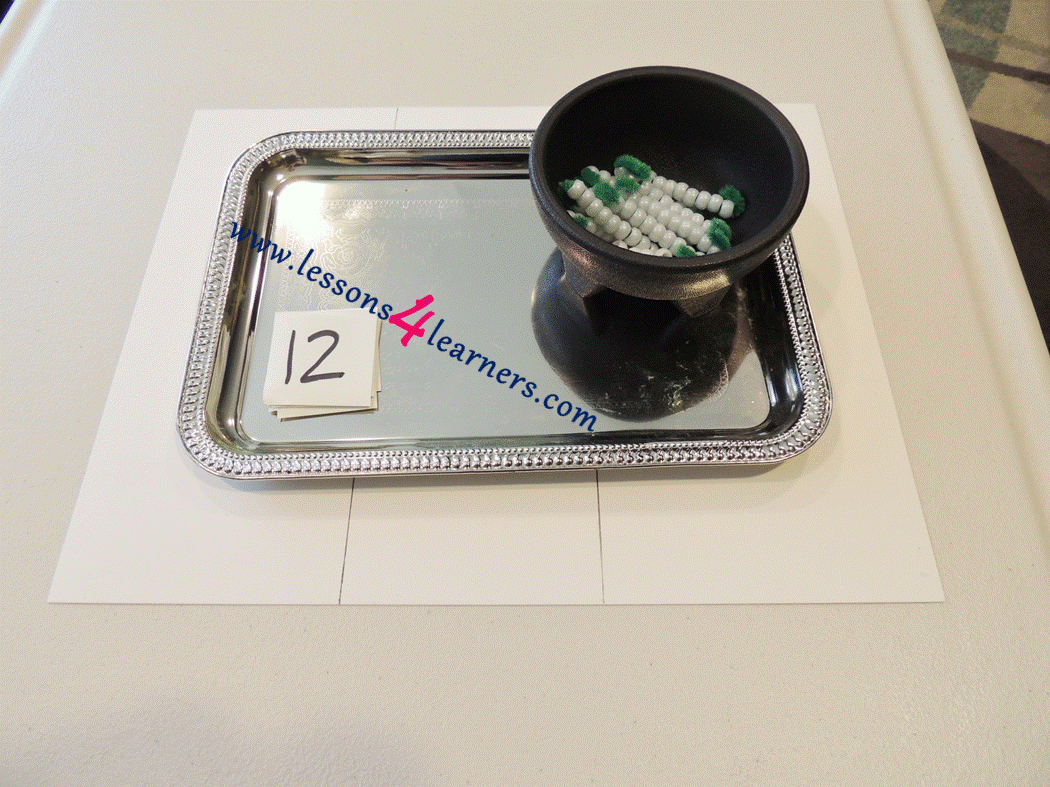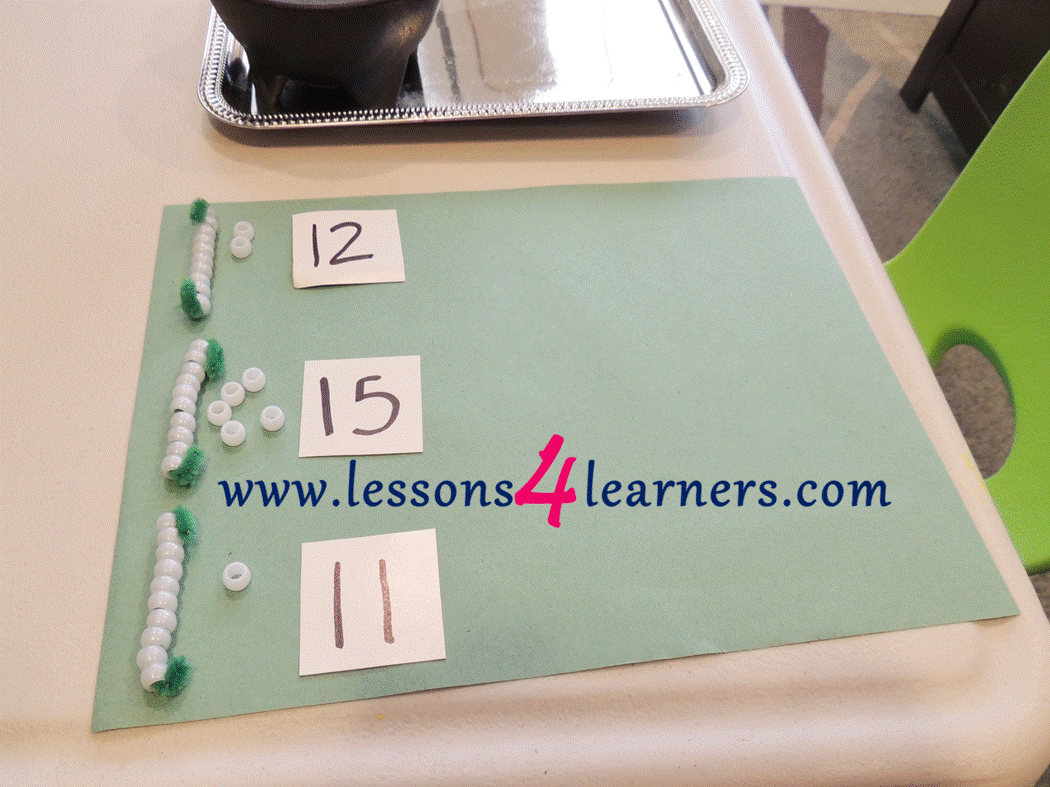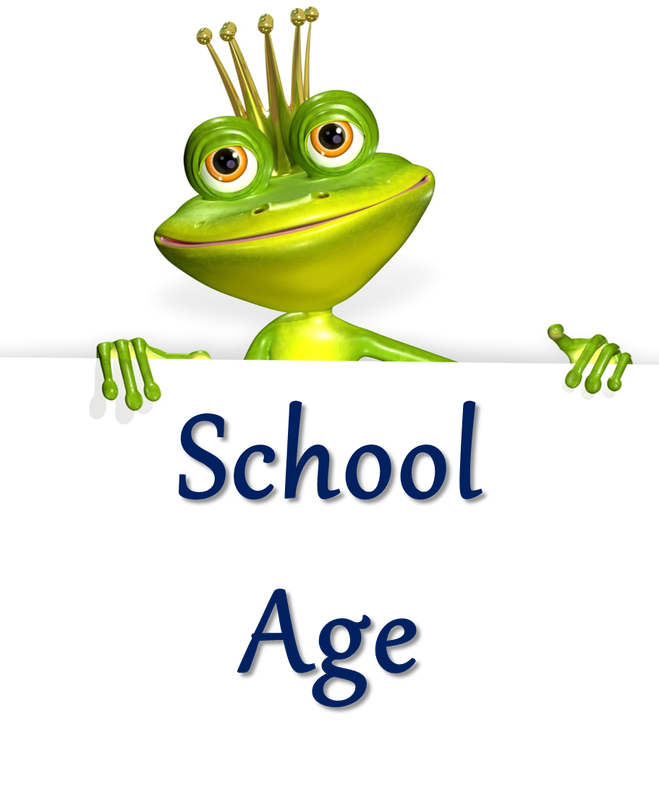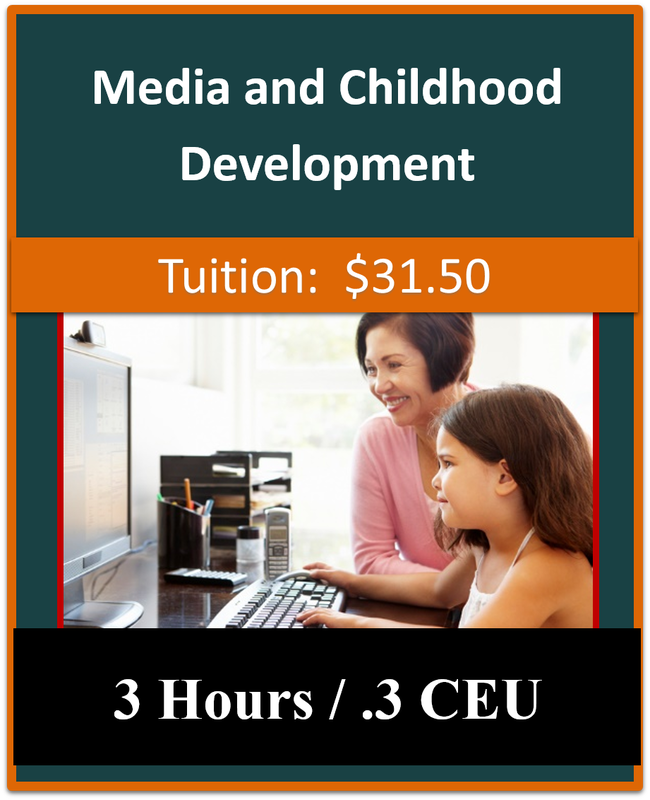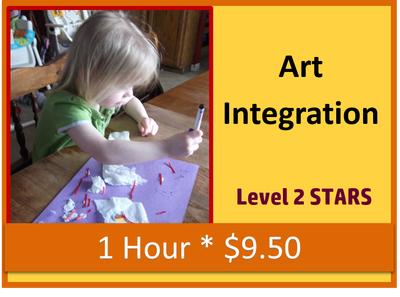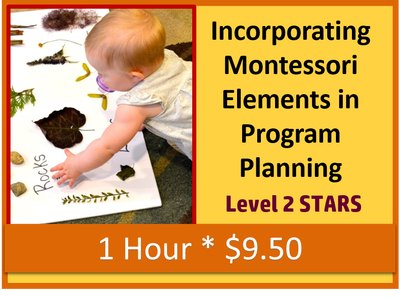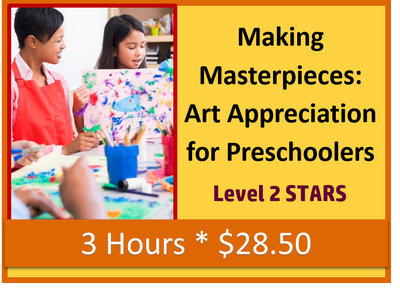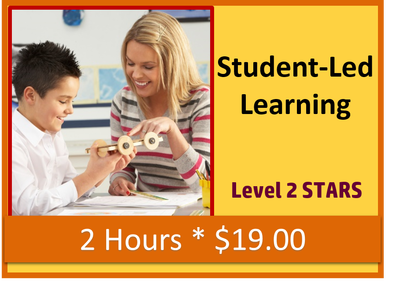Ten Bars and Unit Beads for Teen Numbers
|
Lesson plan developed by Aurora Tollestrup, BS Ed
*Note: This lesson is designed to be used many times and can be a helpful tool for the children to use when working with composing and decomposing numbers.
Objectives:
Children will:
|
|
Procedure:
|
To create the Ten Beads:
For the lesson:
|
|
Assessment:
|
|
Click on the course icon for enrollment information.
The Montessori Teacher
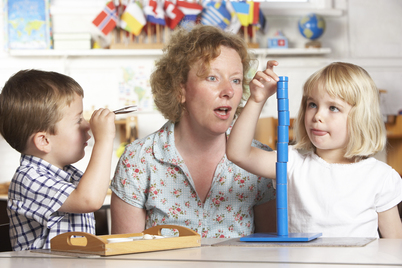
The role of the teacher in a Montessori classroom is less of a teacher and more of a guiding hand, facilitating learning. The teacher plans and creates the program and all of its components, as well as thoughtfully interacting with the children to ensure that learning is progressing at the desired pace. The teacher is not the central component to the classroom, as is the case in most traditional classrooms. Instead, he or she is observing and working with small groups of students throughout the day.
When observing a Montessori classroom, you may see the teacher helping a struggling student, teaching a new concept, or simply making themselves available for students should they need the help.
Another interesting thing about the Montessori environment is that often children become mentors for other children in the program. Sometimes older children will teach and direct younger children with a new concept or idea. This gives children the opportunity to become teachers, both strengthening their skills and supporting their self-esteem.
Due to the range in ages in a traditional Montessori classroom, higher level students often are given teacher-like tasks and jobs in order to support their self-esteem and independence. Often they have a higher level of responsibility and are respected by their teacher in a way that sometimes differs from traditional classrooms.
When observing a Montessori classroom, you may see the teacher helping a struggling student, teaching a new concept, or simply making themselves available for students should they need the help.
Another interesting thing about the Montessori environment is that often children become mentors for other children in the program. Sometimes older children will teach and direct younger children with a new concept or idea. This gives children the opportunity to become teachers, both strengthening their skills and supporting their self-esteem.
Due to the range in ages in a traditional Montessori classroom, higher level students often are given teacher-like tasks and jobs in order to support their self-esteem and independence. Often they have a higher level of responsibility and are respected by their teacher in a way that sometimes differs from traditional classrooms.
Some suggestions for a Montessori teacher role:
- Give students specific tasks to complete daily with little to no assistance (when possible). These tasks should be appropriate and worthwhile.
- Allow higher level students to become teachers by leading small groups, giving presentations, or mentoring other students.
- Give students the opportunity to teach their peers. Whether they are participating in a simple show and tell time, or are teaching a friend about a new concept that they have mastered.
- Make yourself available to students who need help.
- Give ample time for collaborative processes.
